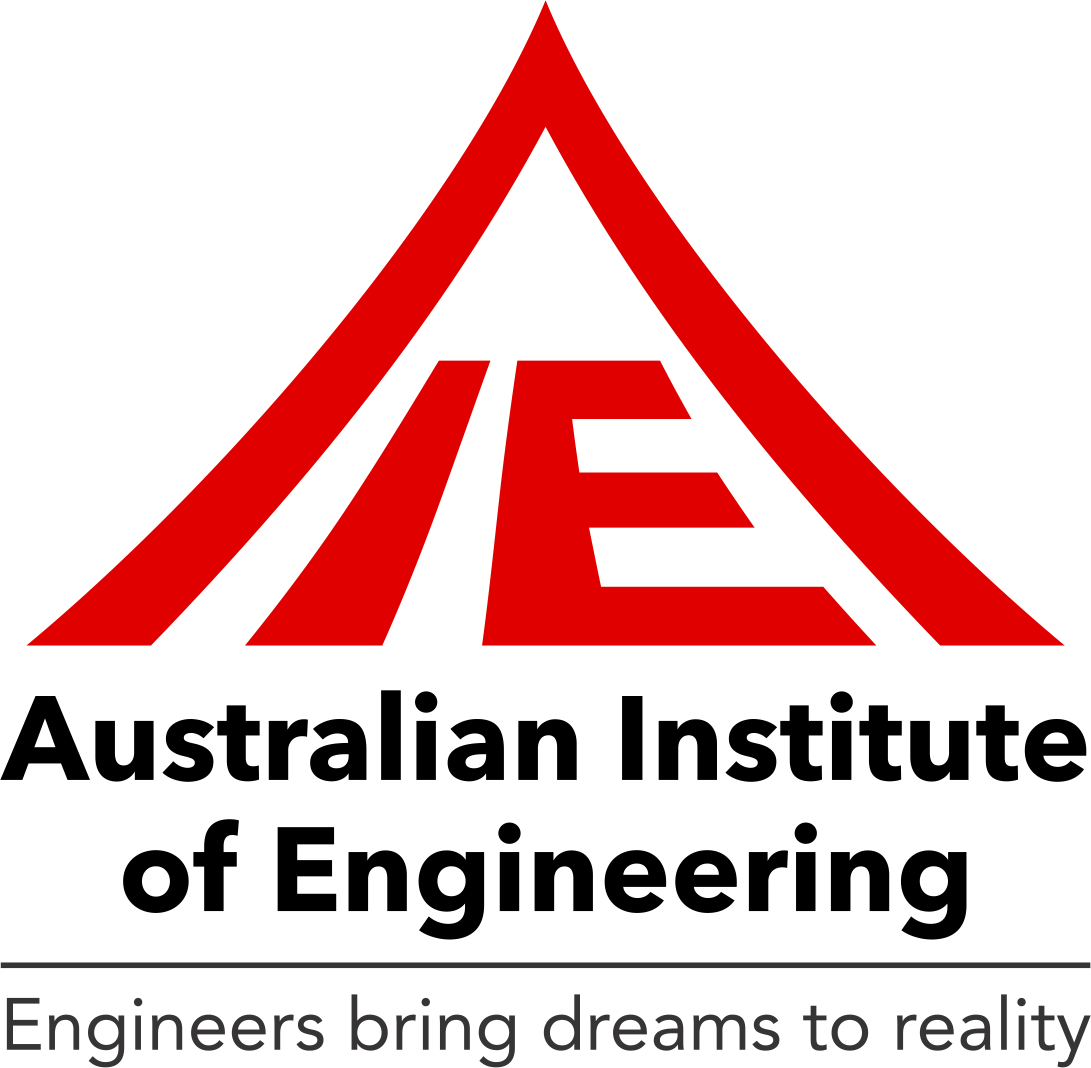Certificate III in Engineering (Casting and Moulding)
Course Overview
Complete this course as part of your apprenticeship to become a trade qualified caster/moulder. Demand for structural steel and welding trades workers in Australia continues to grow. According to the Government’s Job Outlook service, there’s likely to be around 47,000 job openings over the next five years with opportunities available in the manufacturing, construction and mining industries.
In this course you will gain the skills to produce sand moulds and cores which are used to make ferrous and non-ferrous metal castings for the engineering, transport and construction industries. You will learn how to make sand cores to create internal shapes in castings, pour molten metal into moulds to produce metal castings, heat treat completed castings, and work with computer simulation programs.
Successful completion of this course will allow you to become a trade recognised caster/moulder and continue to progress your career in technical design and fabrication.
Course Structure
To be awarded this qualification students must successfully complete the following units of competency: \
Core Units:
- MEM09002 Interpret technical drawing
- MEM11011 Undertake manual handling
- MEM12023 Perform engineering measurements
- MEM12024 Perform computations
- MEM13015 Work safely and effectively in manufacturing and engineering
- MEM14006 Plan work activities
- MEM16006 Organise and communicate information
- MEM16008 Interact with computing technology
- MEM17003 Assist in the provision of on-the-job training
- MEM18001 Use hand tools
- MEM18002 Use power tools/hand held operations
- MSMENV272 Participate in environmentally sustainable work practices
Electives:
- MEM04001 Operate melting furnaces
- MEM04004 Prepare and mix sand for metal moulding
- MEM04006 Operate sand moulding and core making machines
- MEM04007 Pour molten metal
- MEM04008 Fettle and trim metal castings/forgings
- MEM04019 Perform refractory installation and repair
- MEM05007 Perform manual heating and thermal cutting
- MEM07001 Perform operational maintenance of machines/equipment
- MEM04024 Produce moulds and cores by hand
- MEM07032 Use workshop machines for basic operations
- MEM13003 Work safety with industrial chemicals and materials
- MEM13004 Work safety with molten metal/glass
- MEM11009 Handle/move bulk fluids/gases
- MEM11010 Operate mobile load shifting equipment
- MEM11016 Order materials
- MEM11022 Operate fixed/moveable load shifting equipment
- MEM12001 Use comparision and basic mesuring devices
- MEM16005 Operate as a team member to conduct manufacturing, engineering or related activities
- MEM13002 Undertake work health and safety activities in the workplace
Entry Requirement
| Admission Requirements | |
|---|---|
| Academic Entry Requirements | Completed Year 10 of high school |
Career Opportunities
The Certificate III in Engineering – Fabrication Trade specifies the competencies required for employment as an Engineering Tradesperson – Fabrication including metal fabrication, forging, founding, structural steel erection, electroplating, metal spinning, metal polishing, sheet metal work, welding and the use of related computer controlled equipment.
Employment outcomes related to this qualification are found in a wide variety of manufacturing and engineering related sectors as well as Engineering Tradesperson – Fabrication roles in other industries.
